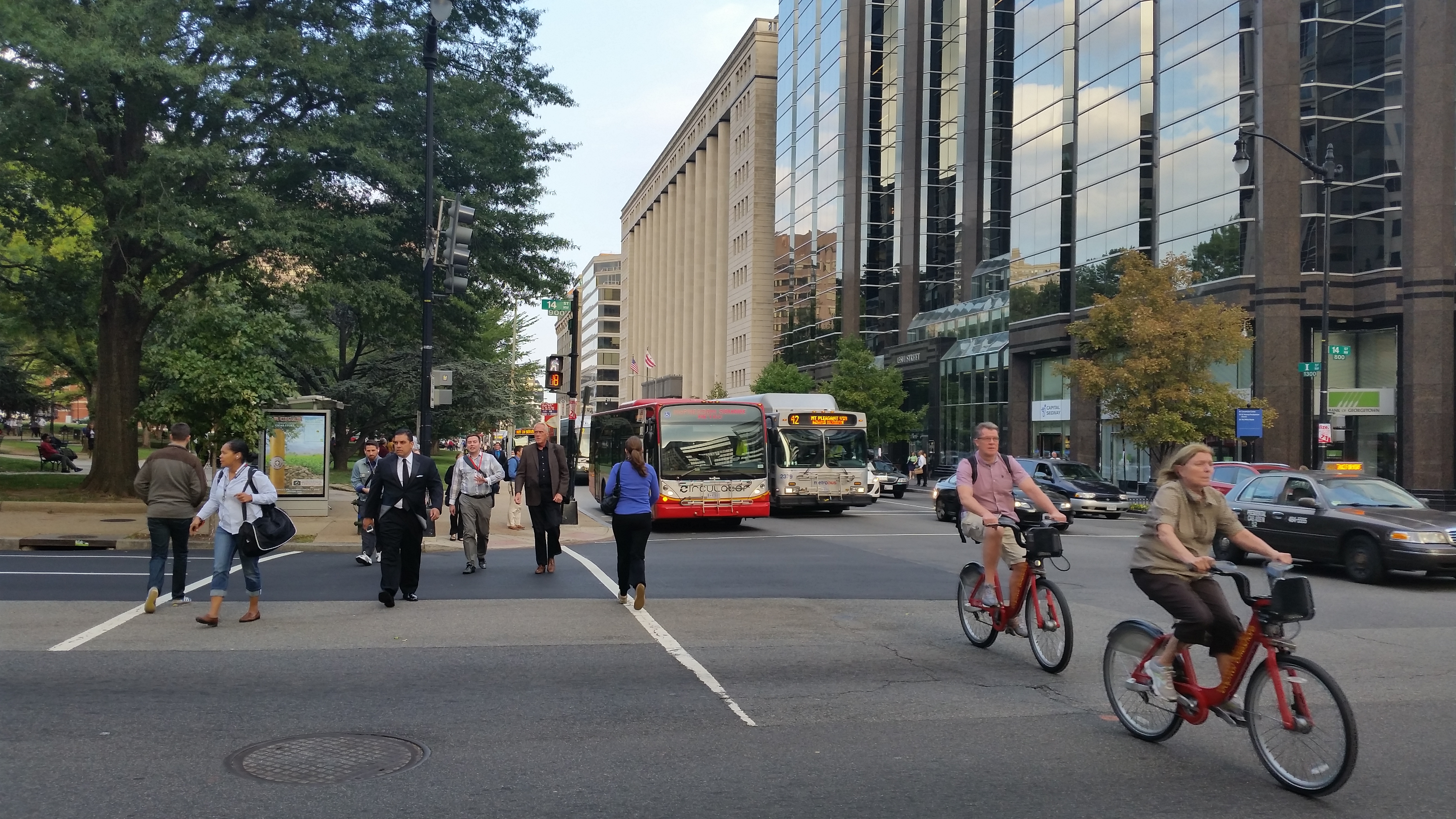
Foursquare ITP has partnered with Swiftly on several projects to leverage agencies’ runtime and speed data for insights on on-time performance, schedule adjustments, and overall performance. Through this partnership, we have brought unique analyses to our clients that help them improve service for their customers.

CATS BUS RELIABILITY IMPROVEMENTS
Foursquare ITP used Swiftly’s compiled AVL data to develop recommendations for the Charlotte Area Transit System (CATS) that will improve the reliability of their fixed-route bus service to better serve existing customers and attract new riders. This process evaluated raw stop-to-stop runtime data for each route in the network to identify significant runtime changes so new time period breaks could be established. From here, we were also able to calculate runtime percentiles for each route and segment for the purpose of assigning them to different portions of each route.
This process allowed CATS to update timepoints and runtimes on each route segment for each time period. CATS plans to implement these changes during their next schedule change with a goal of increasing system on-time performance to meet service standards.
PRINCE GEORGE’S COUNTY BUS SERVICE IMPROVEMENTS
Foursquare ITP has worked with TheBus service in Prince George’s County—a suburb of Washington, DC—to plan and implement improvements to their service over several years. TheBus wanted to tackle several issues with its fixed-route service: poor on-time performance, circuitous routes, lack of service to key parts of the county, low frequency on high-ridership routes, and long layover times.
To help improve on-time performance, we used Swiftly’s rich data to examine runtimes and speeds for each route segment. This allowed us to pinpoint segments on routes with speed and reliability issues that were contributing to poor on-time performance. From there, we developed service recommendations that included improving levels of service in areas with high transit demand, refining schedules to better match actual runtime, and scaling back some low-productivity service to reinvest resources in more critical and less served parts of the county.
Since implementation in January 2024, on-time performance has improved on the majority of the lowest-performing routes and ridership has increased on routes with enhanced levels of service. Customer complaints about on-time performance and routes with scaled-back service have been minimal, affirming that the study’s recommendations have had a positive effect on riders.
